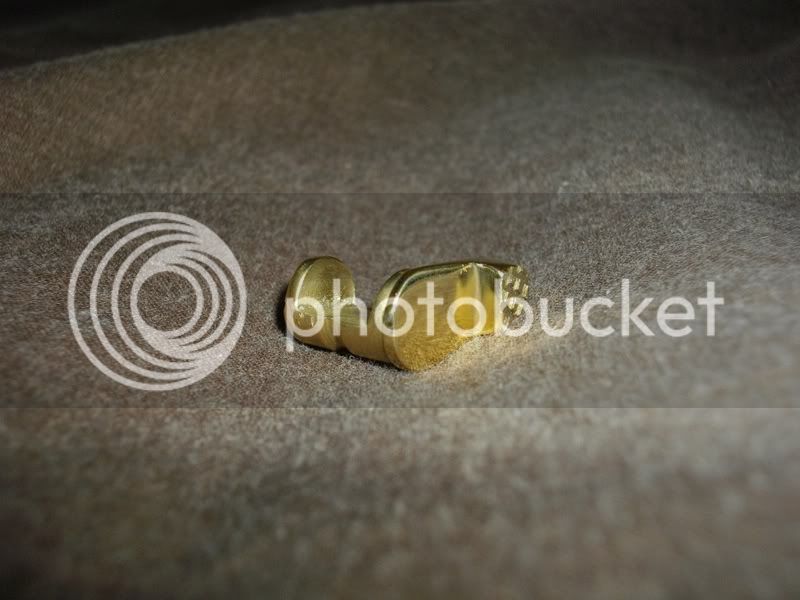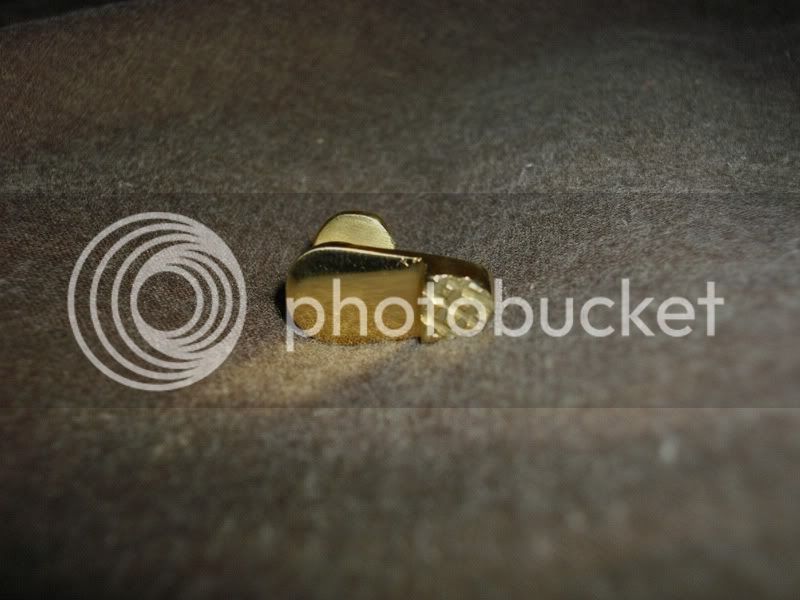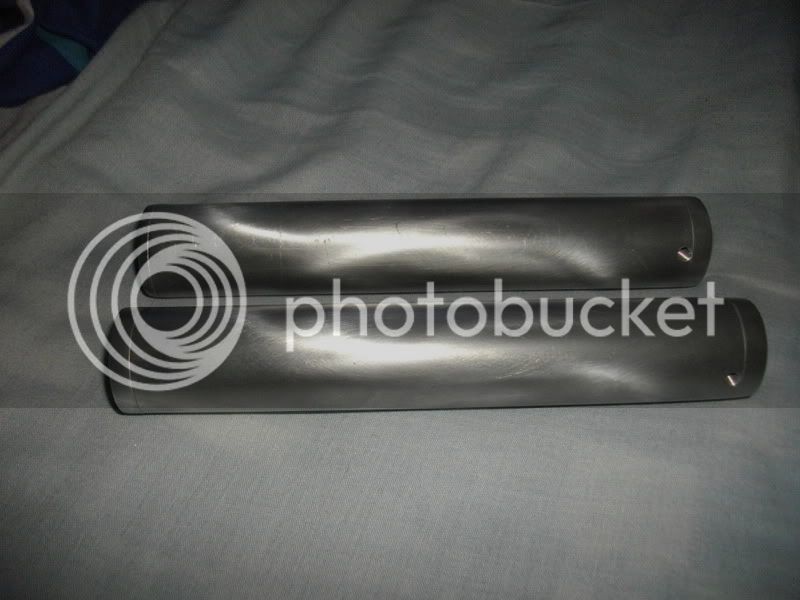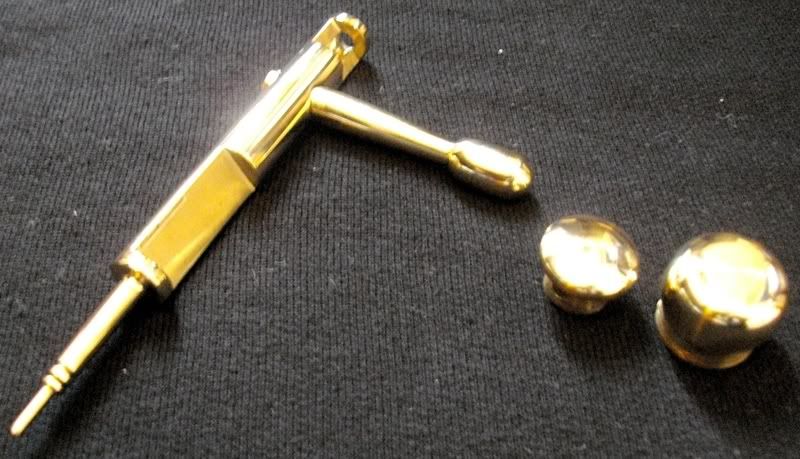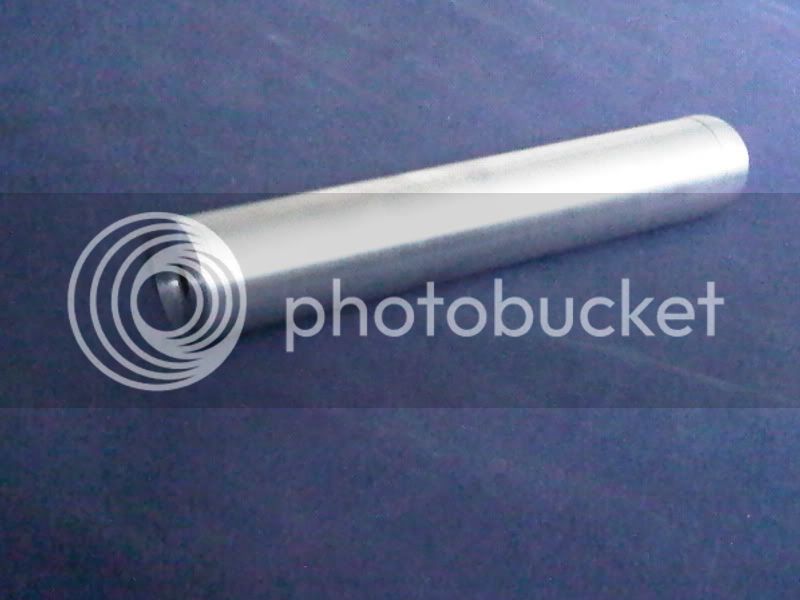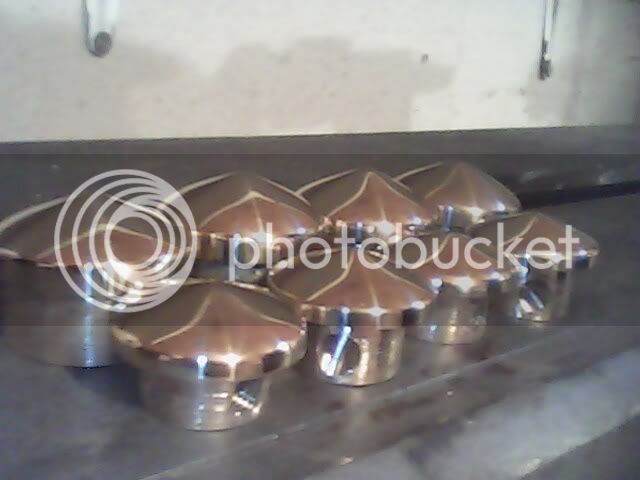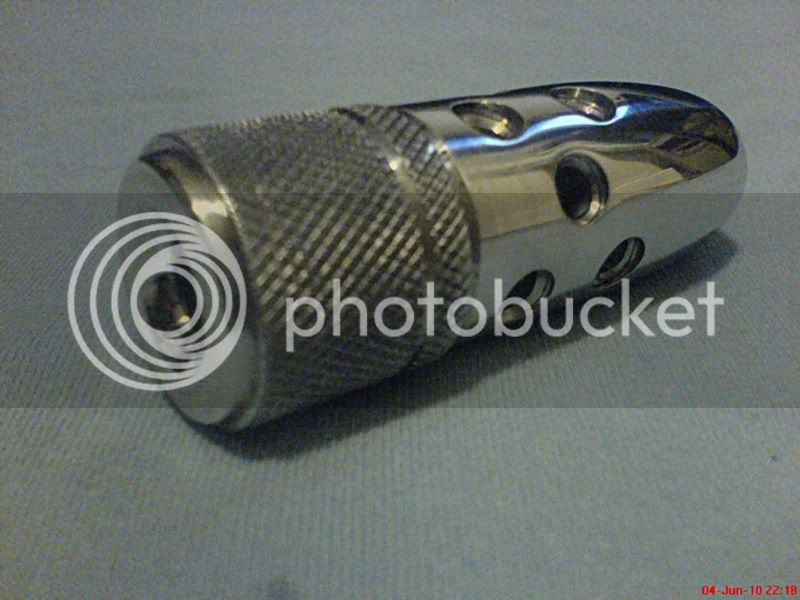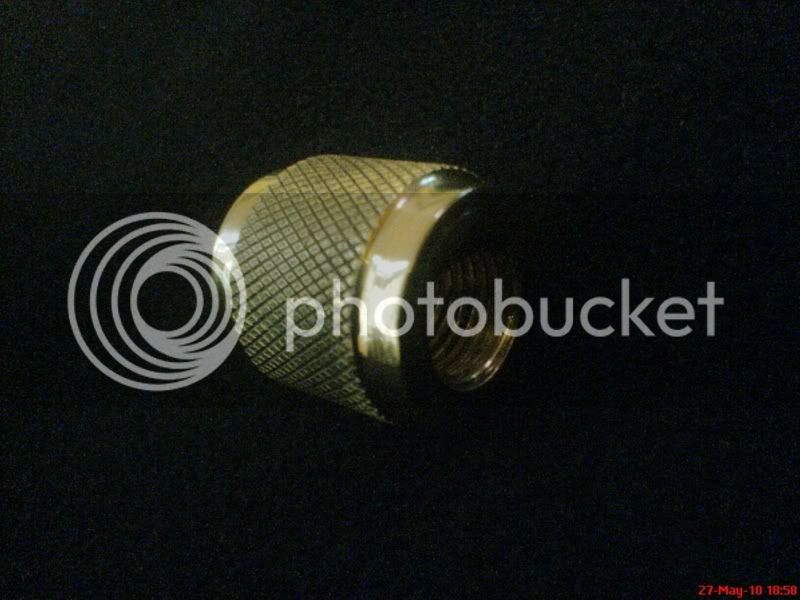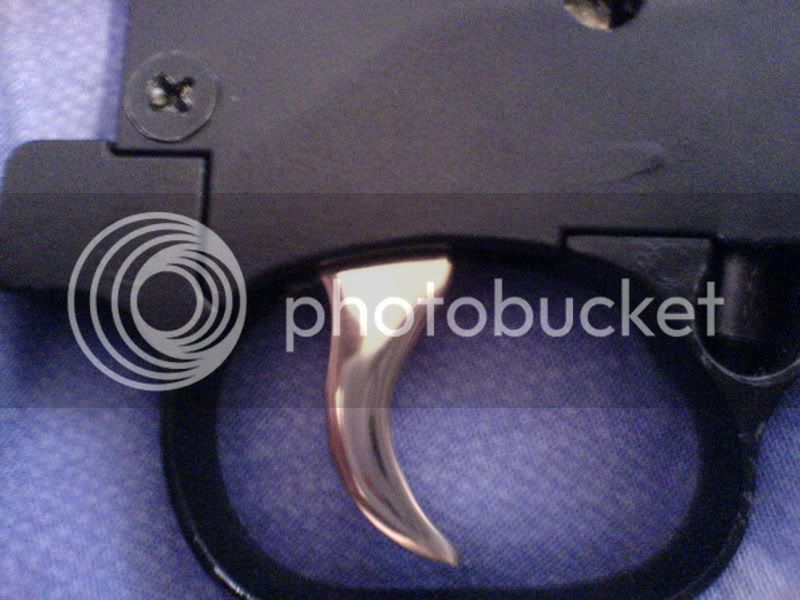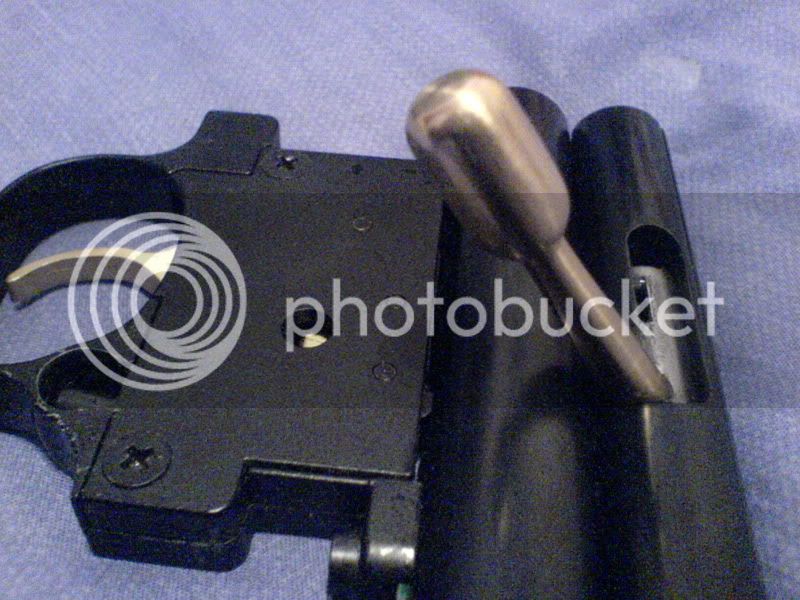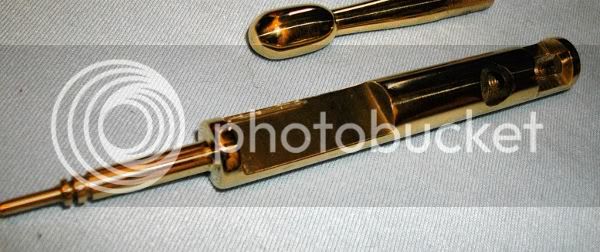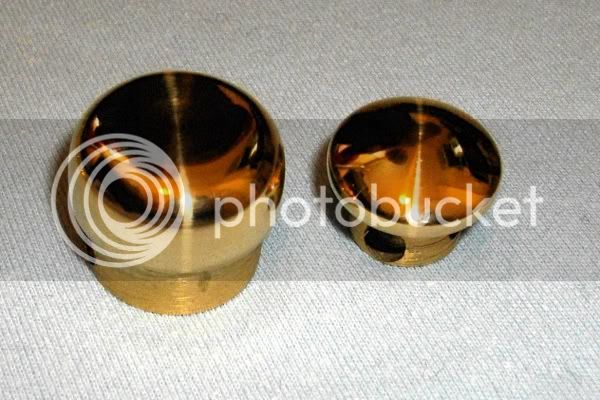tool-me-up
Established Member
Ok, this thread will explain how i built my lathe, i know you all like piccies but once i get busy i forget to keep picking up the camera 
To start with you need a solid base with two uprights on it, and further upright on the back of the rear upright. I used 6" steel girder, with a 10mm base and 12 mm legs. Nice and solid


As you can see i have already mounted my motor to the side of the bed, and i have ground out ( quite scruffily) slots for the spindle to sit in - i was not going to try and drill two 30mm holes precisely in this stuff!!
Next is to attach the spindle - i picked 30mm ID 55mm OD bearings that are part of a transit van driveline ( the differential i think) so they should stand up to a few 1000rpm and sideways loads.
I used 1/2 thick aluminium plate to mount them in - you could use a hole saw for this but as i made the holes too small, i had to finish boring them out on a mates lathe.

the bearing should just about drop through the hole - you dont want a tight fit.
Next we drill two holes down the sides of the bearing hole making sure to go well past the halfway mark ( half the diameter of the bearing hole). then hacksaw the mounts in half leaving you with a big plate with a U on top and a small plate with a U on the bottom.
Drill out the holes in the small plate so your chosen bolts can pass through and drill the bottom plate a bit deeper then tap for your chosen bolts

As you can see there is a slot in this plate and there should also be a slot in the other plate but running in the opposite direction. Hold the bottom part of the mount onto the support ( of the lathe ) and drop the spindle on top, and eye up roughly where it needs to be and mark the centre of the slot in the support for drilling. Do this either end and drill them to take bolts - i used M8.
Now bolt on both the mounts via the slots and nip them tight-ish you will be shuffling them round with a hammer in a minute
pop your spindle in and tighten down the top parts of the mounts so its nice and solid, put some thing in the chuck and centre it using a run out gauge ( if you have a three jaw you will just have to trust it is straight)
pop your slides or carriage way ( cross vice for me ) where they should go - roughly aligned with the spindle

now you start levelling the spindle out using digital vernier and a small engineers set square measure the distance between the bottom rail ( this is important that you measure the bottom rail and not part of the frame etc, the spindle wants to be level with the ground surface that the tool post slides SIDEWAYS on)
Adjust the spindle mount by tapping with a hammer until you are sure it is very close to being perfectly level.
once it is level look at it from above and make sure it runs parallel to the cross slides. I attached G-clamps to my mounts to stop them moving then drilled another four 8mm holes through the mounts and the steel, and fastened it in with M8 bolts, your spindle should now be rock solid in place.
Now you have to align the cross slides with the spindle, i did this by tapping 6 x M6 bolts into the bed and then nipping the cross slide up.
take a very small and slow cut of your test peice about two inches long and measure each end, you then tap the crosslide with a hammer until it is sat straight with the test peice and do another cut to check.
I have got mine to 0.03 over two inches but its not finished yet so i will true that up later - if i can!
Now double check your height measurements just in-case its moved whilst drilling, bolting etc, if it has moved and your spindle is already bolted securely you can use shims under the slides to level it back off.
Once you are happy its all done tighten the crosslide down as good as you can - if its not cast iron like mine weld the bugger down!
Finally just for helijohn, pour over a tin of hammerite, do not attempt to brush it on neatly this is not how helijohn likes it - just dip your brush in an slap it on

have fun......
There is seperate threads for gearing properly and tool post design
To start with you need a solid base with two uprights on it, and further upright on the back of the rear upright. I used 6" steel girder, with a 10mm base and 12 mm legs. Nice and solid


As you can see i have already mounted my motor to the side of the bed, and i have ground out ( quite scruffily) slots for the spindle to sit in - i was not going to try and drill two 30mm holes precisely in this stuff!!
Next is to attach the spindle - i picked 30mm ID 55mm OD bearings that are part of a transit van driveline ( the differential i think) so they should stand up to a few 1000rpm and sideways loads.
I used 1/2 thick aluminium plate to mount them in - you could use a hole saw for this but as i made the holes too small, i had to finish boring them out on a mates lathe.

the bearing should just about drop through the hole - you dont want a tight fit.
Next we drill two holes down the sides of the bearing hole making sure to go well past the halfway mark ( half the diameter of the bearing hole). then hacksaw the mounts in half leaving you with a big plate with a U on top and a small plate with a U on the bottom.
Drill out the holes in the small plate so your chosen bolts can pass through and drill the bottom plate a bit deeper then tap for your chosen bolts

As you can see there is a slot in this plate and there should also be a slot in the other plate but running in the opposite direction. Hold the bottom part of the mount onto the support ( of the lathe ) and drop the spindle on top, and eye up roughly where it needs to be and mark the centre of the slot in the support for drilling. Do this either end and drill them to take bolts - i used M8.
Now bolt on both the mounts via the slots and nip them tight-ish you will be shuffling them round with a hammer in a minute
pop your spindle in and tighten down the top parts of the mounts so its nice and solid, put some thing in the chuck and centre it using a run out gauge ( if you have a three jaw you will just have to trust it is straight)
pop your slides or carriage way ( cross vice for me ) where they should go - roughly aligned with the spindle

now you start levelling the spindle out using digital vernier and a small engineers set square measure the distance between the bottom rail ( this is important that you measure the bottom rail and not part of the frame etc, the spindle wants to be level with the ground surface that the tool post slides SIDEWAYS on)
Adjust the spindle mount by tapping with a hammer until you are sure it is very close to being perfectly level.
once it is level look at it from above and make sure it runs parallel to the cross slides. I attached G-clamps to my mounts to stop them moving then drilled another four 8mm holes through the mounts and the steel, and fastened it in with M8 bolts, your spindle should now be rock solid in place.
Now you have to align the cross slides with the spindle, i did this by tapping 6 x M6 bolts into the bed and then nipping the cross slide up.
take a very small and slow cut of your test peice about two inches long and measure each end, you then tap the crosslide with a hammer until it is sat straight with the test peice and do another cut to check.
I have got mine to 0.03 over two inches but its not finished yet so i will true that up later - if i can!
Now double check your height measurements just in-case its moved whilst drilling, bolting etc, if it has moved and your spindle is already bolted securely you can use shims under the slides to level it back off.
Once you are happy its all done tighten the crosslide down as good as you can - if its not cast iron like mine weld the bugger down!
Finally just for helijohn, pour over a tin of hammerite, do not attempt to brush it on neatly this is not how helijohn likes it - just dip your brush in an slap it on

have fun......
There is seperate threads for gearing properly and tool post design


































